Regardless of what either the 12AX7 or 12AT7 can draw, the plate current is going to be limited to the value of the resistor in series with the plate if it's a typical gain stage. The schematic for my Blues Jr. shows the supply voltage for the 12AX7 preamp tubes at 242 vdc. There is a 100K 1/2w resistor in series with the plate. Using Ohms law the maximum current that could possibly flow in that circuit would be 2.42 ma, even if the plate to cathode were shorted. Plugging in a 12AT7 could not exceed this current value.
Man, are you in trouble

. I keep a tube manual near my computer. I also keep one in the outhouse, but that's another story. Let's see how much I can relate what I read into what I type. Are you ready, fingers?
- The Plate resistor is in series with the tube.
- The Plate impedance/resistance (whatever you'd like to call it is OK for now) Rp + Rl =Rt. Rl = your load resistance, and Rt = the total series resistance. On the other end of that load resistor is a big juicy filter capacitor that is also in parallel, but for now ignore that.
- What matters more is that 100K Plate resistor is a lot bigger than the 11K Plate resistance of a 12AT7 with a B+ of 250VDC.
- In a series circuit, the current is the same, but the volatge will be distrubed proportionately to the resitance value.
Now, if you have say a Bassman, and the B+ node is 380VDC to the first preamp tube, and 235 right on the Plate of the first 12AX7, the load resistor 'dropped' 145-volts. Now 145-volts through a 100K Plate load resistor equals just under 1.5mA by my math. It is not 2.42mA, although the difference is minor. The point is the tube sees 235VDC, and we know for future reference a 12AX7 draws about 1.5mA or so. Drop a 12AT7 in there, and the voltage at the Plate itself will be much lower. The Plate resistor will drop more, and the current will be higher. Most Fender schematics will show a B+ node to the phase inverter of 410VDC, and at the tube Plate itself as being 220VDC

. Now 410-220=190VDC across the 82K Plate resistor going to the 12AT7. 190/82000=2.3mA or so. The Cathode resistance also matters, and it is much higher in a phase inverter. So the comparison isn't perfect, but should demonstrate a point. In the end, you see (hopefully), the Plate voltage supply was higher, but the voltage right on the tube was lower because the Plate impedance was lower, and the current was higher. At a B+ of 250VDC, most tube manuals list the Plate impedance of a 12AX7 as being about 62K, as opposed to 11K for a 12AT7. Big difference. But my position hasn't changed; you won't blow anything up, but the RC time constant will change, and the frequency response will change. Say you look at an AB763 Twin schematic. Fender put a .001uF capacitor to the phase inverter, and the Grid resistors are 1Meg. Now, in the AA769 and AA270 they dropped the Grid resistors to 330K, possibly to aleviate blocking distortion. However, this also affected the frequency response, so for the later Twins it is raised to .01uF whilst keeping the Grid resistors at 330K. Clear as mud? People pay through the nose (what a strange place to keep your money

) to have technicians 'Blackface' their CBS Fender. And then some people read Gerald Weber telling us to use a 5751 for the first tube in your reissue Bassman to get a more vintage tone. This is because the higher Plate voltages in the Reissue
lowers the Plate resistance, and the RC time constant get mucked with again. Copying the original Bassman values doesn't give you the copied tone.
Hey, try a 12AT7 for the phase inverter, and then the first preamp stage. You may like it. If not, put 12AX7's back in there. No one will lose an eye, and you'll be further ahead then reading my babble.




 (I wish)
(I wish)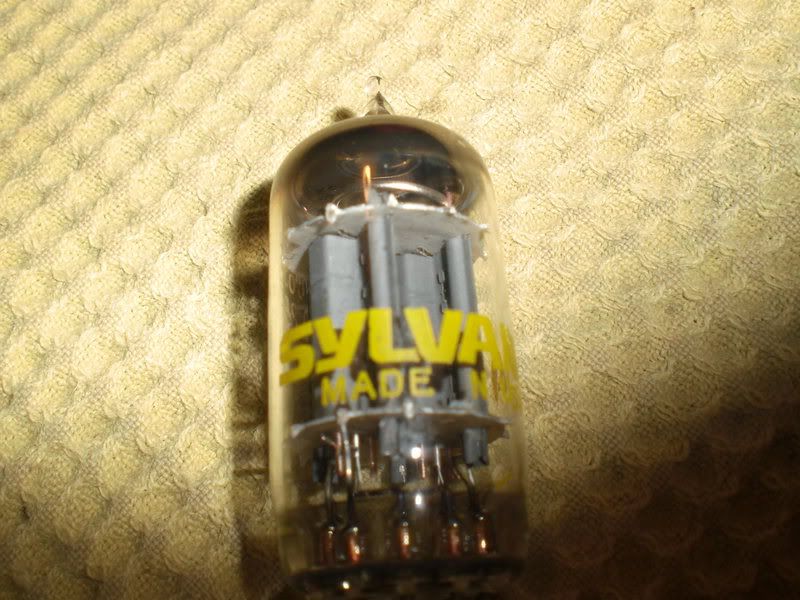

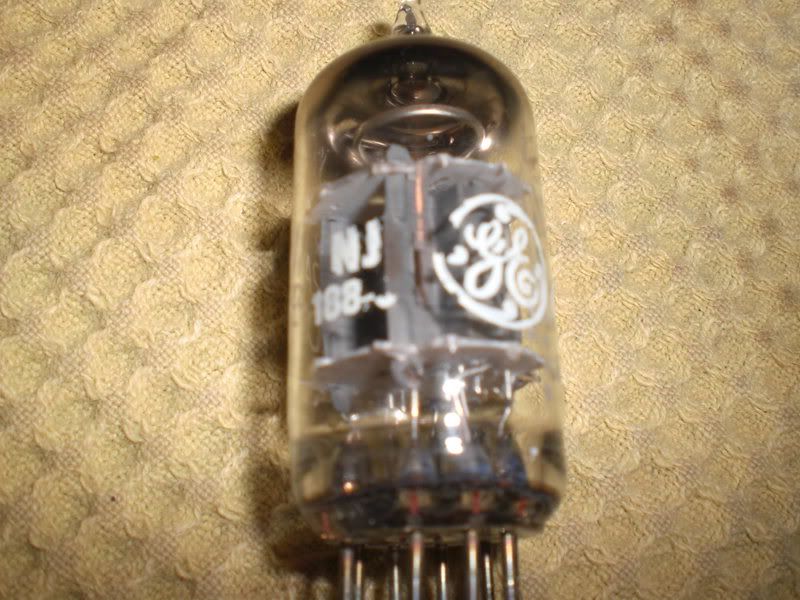
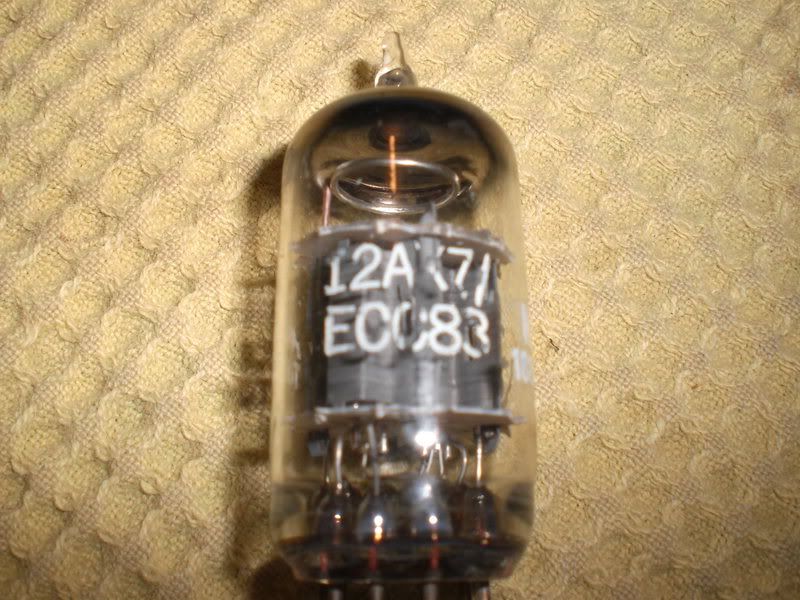
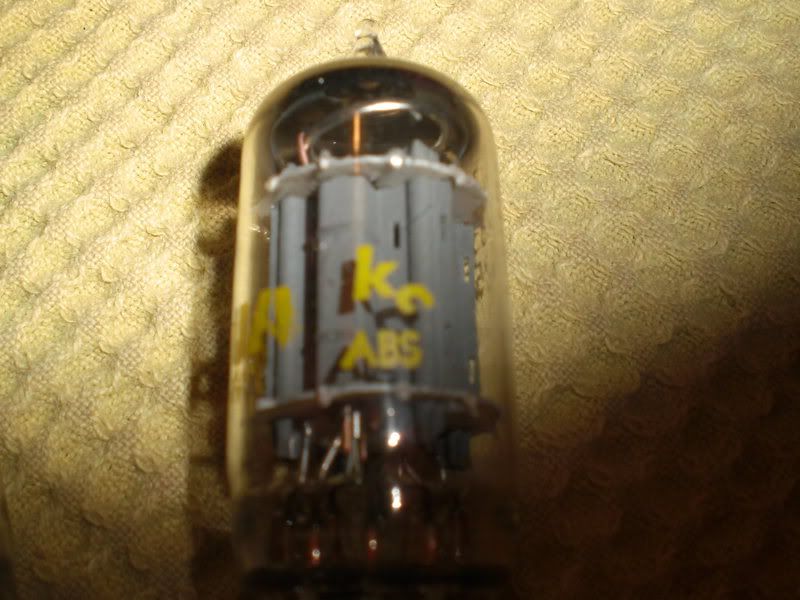
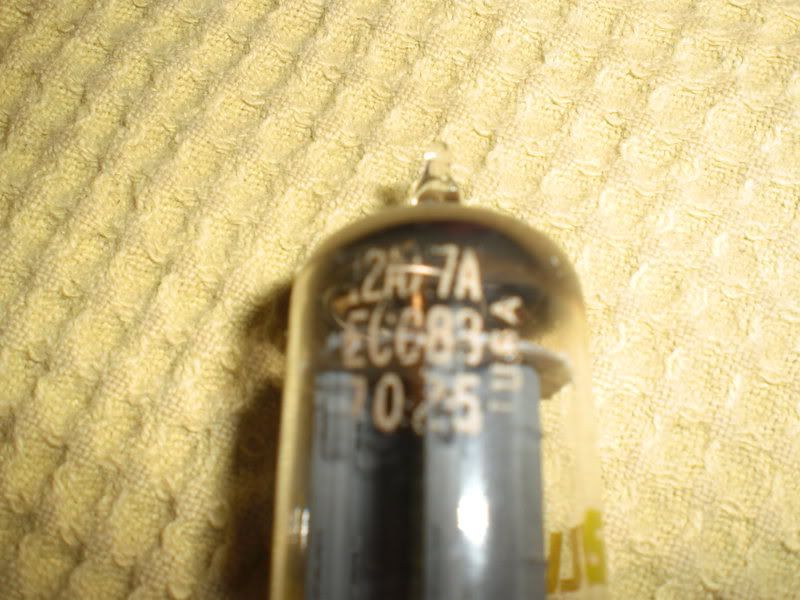
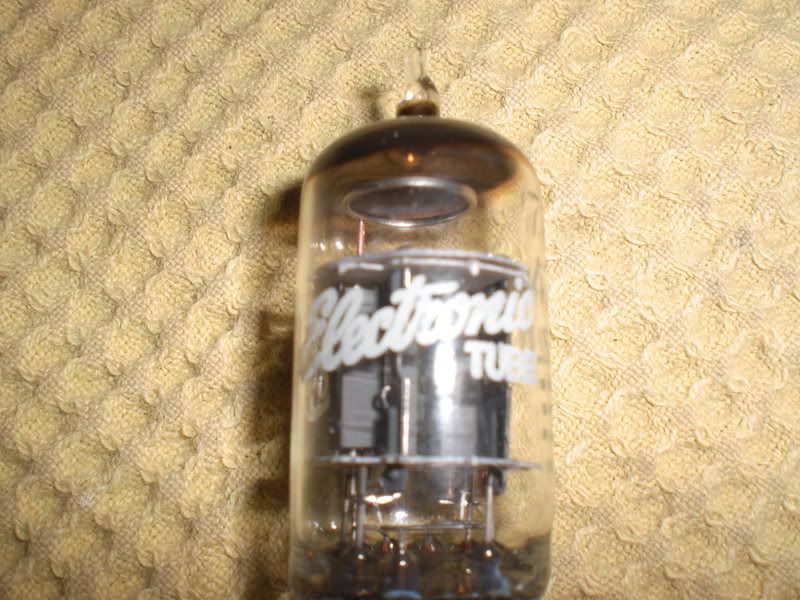
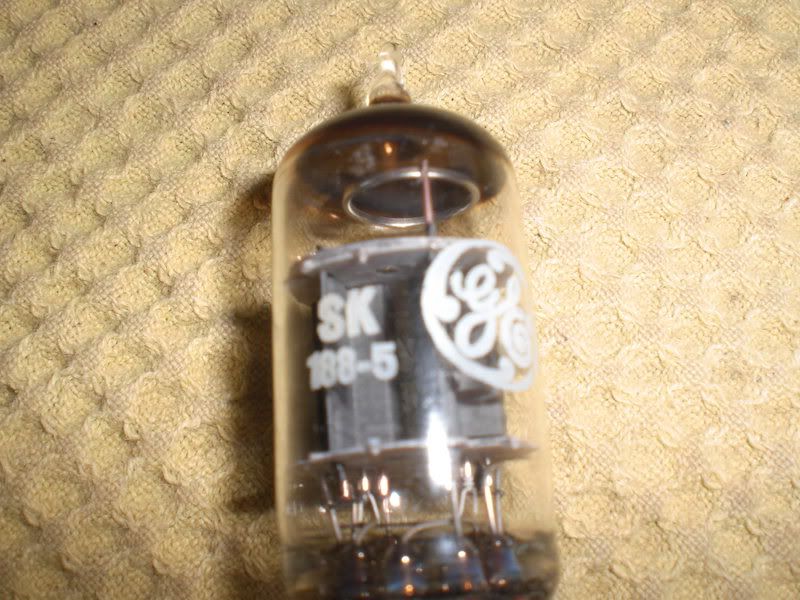
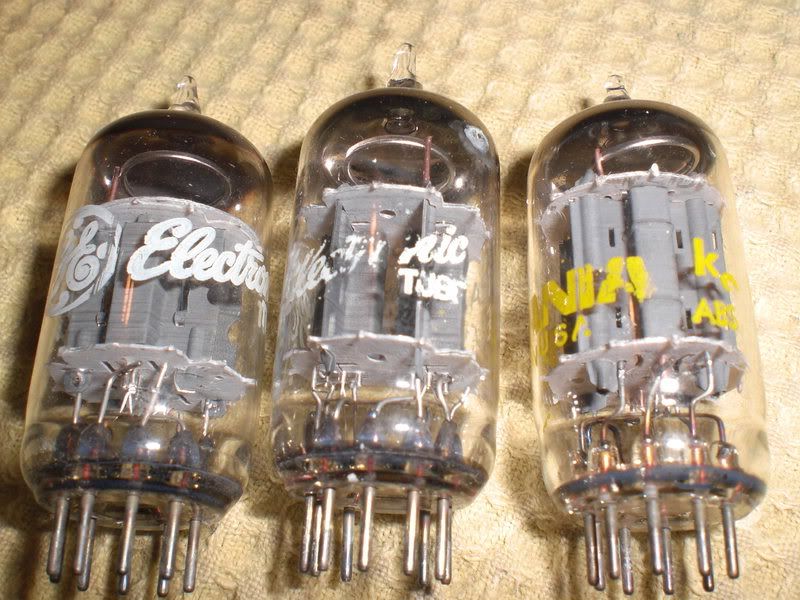
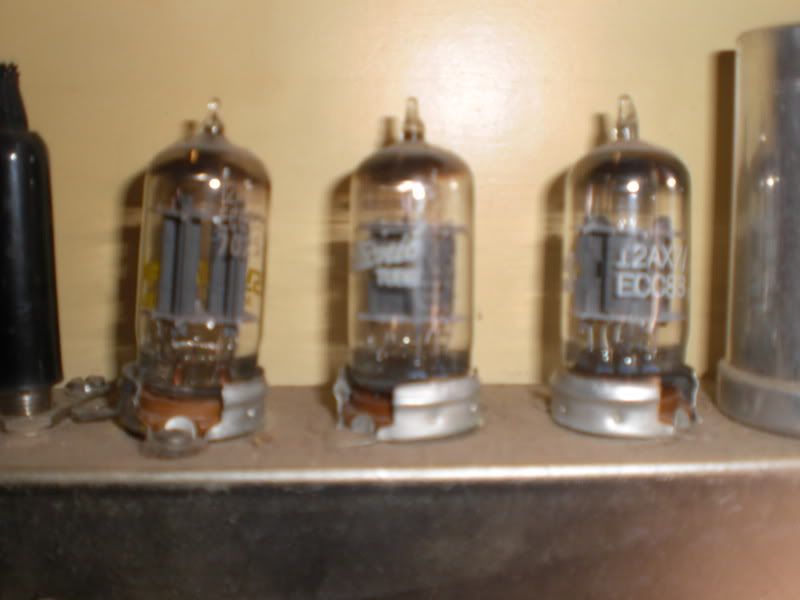
 . But the 'average' person will say the 12AT7 had less bass or whatever, when in reality the frequency response changed. Increase the coupling capacitor, and they'll sound identical.
. But the 'average' person will say the 12AT7 had less bass or whatever, when in reality the frequency response changed. Increase the coupling capacitor, and they'll sound identical. . Now 410-220=190VDC across the 82K Plate resistor going to the 12AT7. 190/82000=2.3mA or so. The Cathode resistance also matters, and it is much higher in a phase inverter. So the comparison isn't perfect, but should demonstrate a point. In the end, you see (hopefully), the Plate voltage supply was higher, but the voltage right on the tube was lower because the Plate impedance was lower, and the current was higher. At a B+ of 250VDC, most tube manuals list the Plate impedance of a 12AX7 as being about 62K, as opposed to 11K for a 12AT7. Big difference. But my position hasn't changed; you won't blow anything up, but the RC time constant will change, and the frequency response will change. Say you look at an AB763 Twin schematic. Fender put a .001uF capacitor to the phase inverter, and the Grid resistors are 1Meg. Now, in the AA769 and AA270 they dropped the Grid resistors to 330K, possibly to aleviate blocking distortion. However, this also affected the frequency response, so for the later Twins it is raised to .01uF whilst keeping the Grid resistors at 330K. Clear as mud? People pay through the nose (what a strange place to keep your money
. Now 410-220=190VDC across the 82K Plate resistor going to the 12AT7. 190/82000=2.3mA or so. The Cathode resistance also matters, and it is much higher in a phase inverter. So the comparison isn't perfect, but should demonstrate a point. In the end, you see (hopefully), the Plate voltage supply was higher, but the voltage right on the tube was lower because the Plate impedance was lower, and the current was higher. At a B+ of 250VDC, most tube manuals list the Plate impedance of a 12AX7 as being about 62K, as opposed to 11K for a 12AT7. Big difference. But my position hasn't changed; you won't blow anything up, but the RC time constant will change, and the frequency response will change. Say you look at an AB763 Twin schematic. Fender put a .001uF capacitor to the phase inverter, and the Grid resistors are 1Meg. Now, in the AA769 and AA270 they dropped the Grid resistors to 330K, possibly to aleviate blocking distortion. However, this also affected the frequency response, so for the later Twins it is raised to .01uF whilst keeping the Grid resistors at 330K. Clear as mud? People pay through the nose (what a strange place to keep your money